
The aquarium is a small ecosystem in which Mother Nature works her magic. And Mother Nature is very flexible and very forgiving. So when someone tells you “You must do blah blah” when you have an aquarium, ignore them. They don’t know what they are talking about. The only firm rule in the aquarium hobby is to use conditioner if you have chlorinated water. Everything else is just guidelines frequently ignored quite successfully.
This website is done in repeating layers, going from a very simple set of directions on how to set up one’s first aquariums all the way up to very complicated in-depth analyses based on scientific research. The first layer is a simple 15 point set of directions for the beginner in the hobby. This simple set of directions can be found in this article:
1. The Basic Aquarium Guide
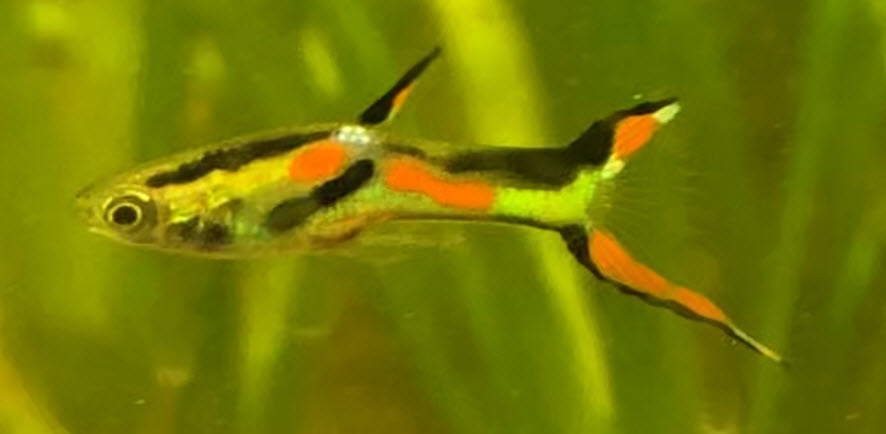
Level 2, Keeping it Somewhat Simple
The second level of complexity just adds some science to the setup of an aquarium. There are three topics of interest: chlorine, the amount of food, and “cycling”.
Level 2a, Chlorine
When starting any aquarium as a beginner there is only one well-defined rule that should never be broken:
.
If you have chlorinated water, you must use a water conditioner.
.
Chlorinated water can kill fish in minutes. So always add conditioner if you have chlorinated water. 98% of the municipal water supplies in the USA chlorinate their water. But note well water is generally not chlorinated and thus doesn’t need conditioner.
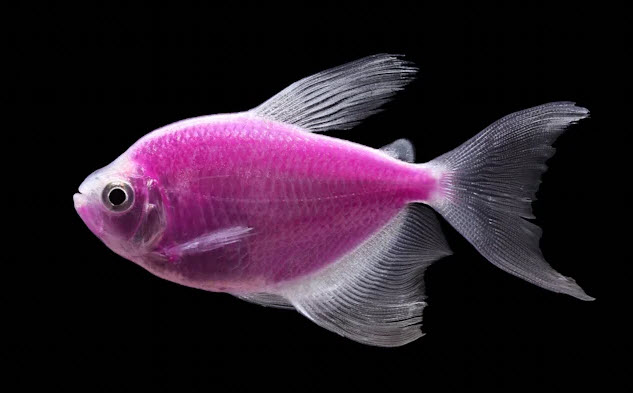
I recommend finding a conditioner that says “sodium thiosulfate” on the label. Read the directions and then add five times the recommended level each water change.
For instance, let us say I am changing the water for a 20 gallon aquarium. I recommend a 50% water change. So one drops the level of water in the aquarium to 10 gallons. Then add the amount of conditioner the label says will condition 50 gallons of water. Add the conditioner to the aquarium with the fish in it. The thiosulfate is harmless. Then add 10 gallons of water warmer than 65 degrees to the 10 gallons in the aquarium. Easy.
Note there is no need to buy ANY bottled product other than conditioner. Adding things like stress coat, ammonia detoxifiers, bacteria-in-a-bottle, pH buffers, Lake Salt, aquarium salt, etc., etc. ad infinitum can kill your fish faster than anything else. But buying these chemicals creates literally billions in profits for enterprising companies. More on this subject an be found in this article:
5.5. Chlorine and Chloramine

Level 2b, Fish Food Amount
The biggest mistake beginners do is to over-feed their fish. Fish are cold-blooded creatures that do not need a lot of food. Uneaten food in the aquarium produces bacteria. Bacteria produce toxins. And those toxins can kill fish. After you have “cycled” the aquarium:
What I recommend for feeding is simple;
.
Feed fish once a day ONLY an amount of food the fish can consume in one minute.
.
If there is food still in the aquarium after one minute you need to cut back on the amount.
The profit-driven directions on the fish food package to “feed what the fish eat in two minutes three times a day” will kill your fish very rapidly. More on this can be found at this article:
3.3. Amount of Fish Food
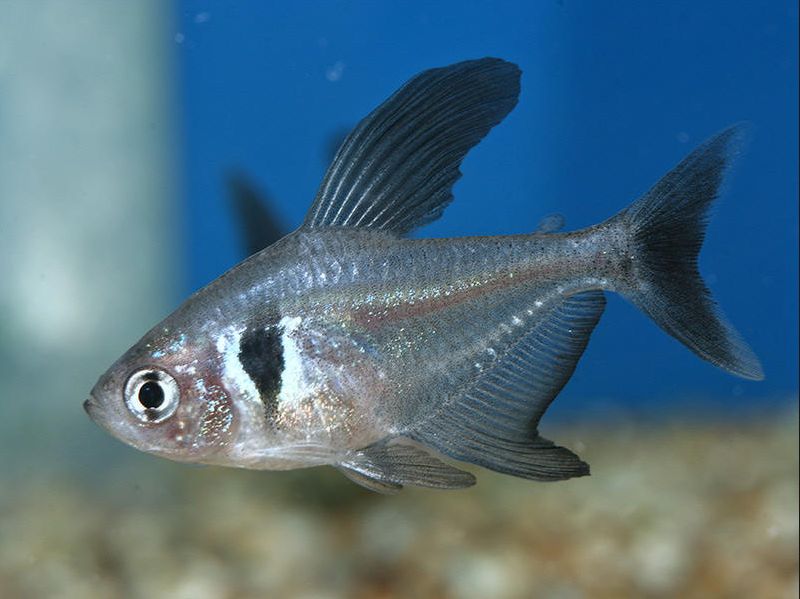
Level 2c, “Cycling”
“Cycling” is the term used for the conversion of toxic fish pee (ammonia) to a relatively innocuous compound called nitrate. This is done in a filter by something called “beneficial bacteria” which live in the brown gunk on the filter media.
.
Any aquarium works best with LOTS of “brown gunk” in the filter
.
It is best to feed the tank for four weeks or so as though you have some fish but without fish (Feed 1/8th teaspoon dry fish food plus one teaspoon human urine per twenty gallons once per day). This “cycles” the tank. If you have fish in the tank just feed everything VERY lightly for a few weeks. Also add some soil from a potted plant or compost from the garden store to “seed” the beneficial bacteria (“bacteria in a bottle” or so-called “instant start” products do not work, as confirmed by extensive testing).
Your water may get cloudy for a few weeks. Ignore that. It will clear in four to six weeks. DO NOT change out the cloudy water. DO NOT clean the filters or change the cartridges. The brown “gunk” which builds up in the filters is a very good material called “beneficial bacteria” and is vital to the health of the fish. Your ornaments and gravel will get brown stuff on them. That is quite normal and the best course of action is to learn to live with it. This “brown algae” is good for the fish and is an essential part of a well-functioning aquarium ecosystem.
Read this article for a more in depth analysis of aquarium cycling:
2. Cycling an Aquarium
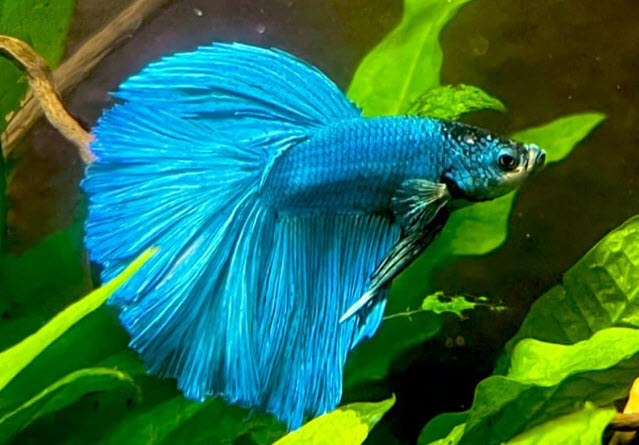
These three points, chlorine, amount of food and “cycling”, are the second level of difficulty on this website. Still pretty easy! Then we delve into the aquarium hobby in still more and more complex levels in the links below.
Level 3, Just a Little More Depth
In this chapter of this website, there are fourteen “Guidelines for the Beginner” from 1.1.1 through 1.1.14. . These a series of guidelines that will guide a newcomer to the hobby through the basics of keeping an aquarium. They do it in a little more depth than the fifteen points in the introductory chapter “1. The Basic Aquarium Guide”. They also add more data to the second level of instructions (the three points above). These fourteen articles are the third level in this website’s hierarchy.
1, What do you do when you buy your first aquarium? This might help you:
1.1.1. What to do with Your First Aquarium
2, Because fish pee a chemical called “ammonia” and that ammonia is bad for a fish, it is desirable (BUT NOT NECESSARY!) to treat a new tank for four to six weeks with a process called “cycling”:
1.1.2. A Simple Way to Cycle an Aquarium

3, All fish food found on the shelf of the local fish store is reasonably fine for all fish. Food high in protein is best for the health of the aquarium.
1.1.3. Fish Food Simplified
4, Other than removing chlorine the water parameters are not important:
1.1.4. Water Parameters
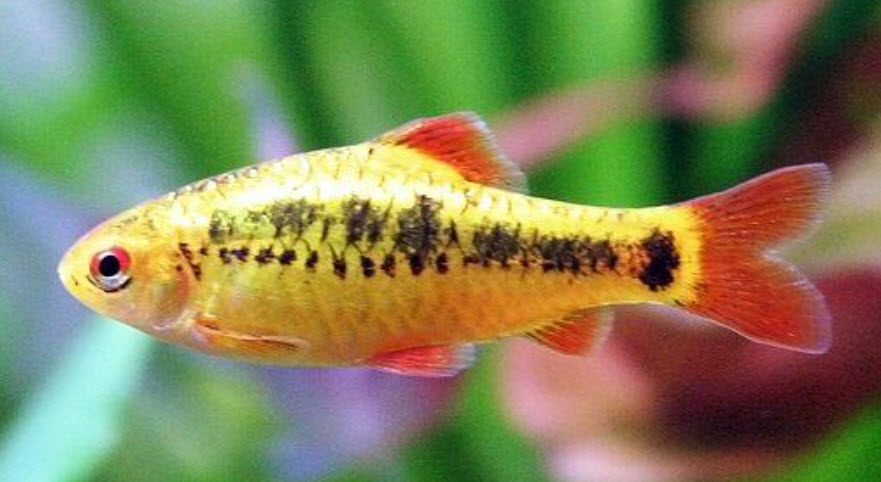
5, A filter is needed for all fish. But it is important to not replace or clean the filter too often:
1.1.5. Filters for the Newbie
6, The media in the filter is also a factor to consider if you want more than a few small fish:
1.1.6. Filter Media
7, Good aeration will give healthy fish:
1.1.7. Aeration
8, Starting a new tank one should always have a light stocking of just a few fish:
1.1.8. Stocking a Tank
.
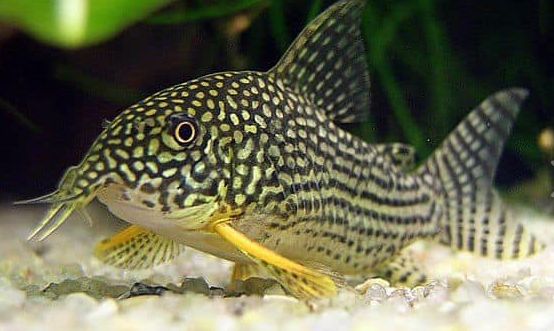
9, A brown film will develop on pretty much all surfaces in any new tank. It is called “brown algae” even though it can be many different organisms in addition to “algae”. Experienced hobbyists just live with it. It is part of a healthy aquarium:
1.1.9 Brown Algae in a New Tank
10, One of the most challenging tanks to keep is a small tank with five or so three-inch fish and five live plants (CONTRARY TO ALL ADVICE FROM LOCAL FISH STORES AND THE INTERNET). Any beginner should start with plastic plants:
1.1.10. Plants and the New Hobbyist
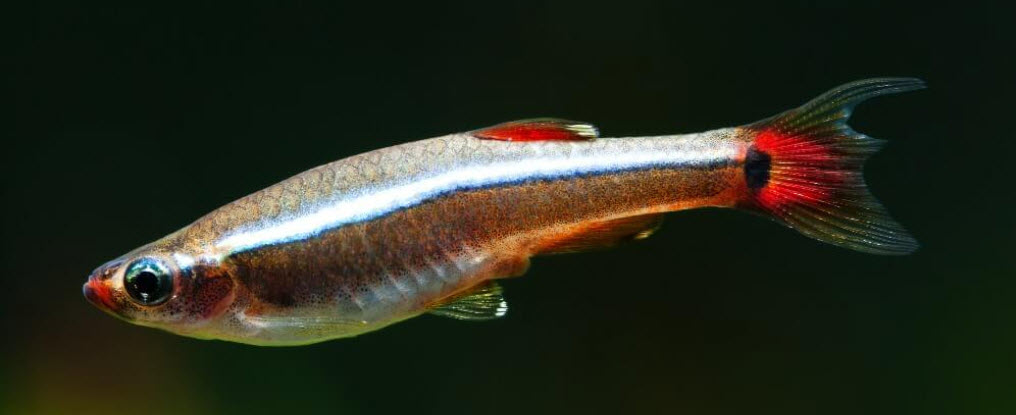
11, New fish get one disease quite often. These are white specks on the skin of the fish which are called “white spots” or “ich”:
1.1.11. The Most Common Fish Disease – Ich
12, And if you want the “optimum” conditions for your fish, there are five elements to doing that:
1.1.12. How to Make Fish Thrive
13, And the fish selection for a beginner is quite broad, with neons, discus, and a few other fish being avoided. This link will help:
1.1.13. Fish for the Beginner
14, Most beginners listen to the social media parroting about what is “required” for maintenance. And they end up spending way too much time for maintenance. Because they find maintenance such a pain they end up leaving the hobby. It does not have to be this way:
1.1.14. Aquarium Maintenance

Level 4, General Information
Then there are a series of long and boring articles on other topics of general interest, a fourth layer of complexity:
1.2. 150 Myths
1.3. Marketing Hype
1.4. Sources of Data
1.5. Aquarium Options
1.6. Causes of Rapid Fish Deaths
1.7. Causes of Slow Fish Deaths
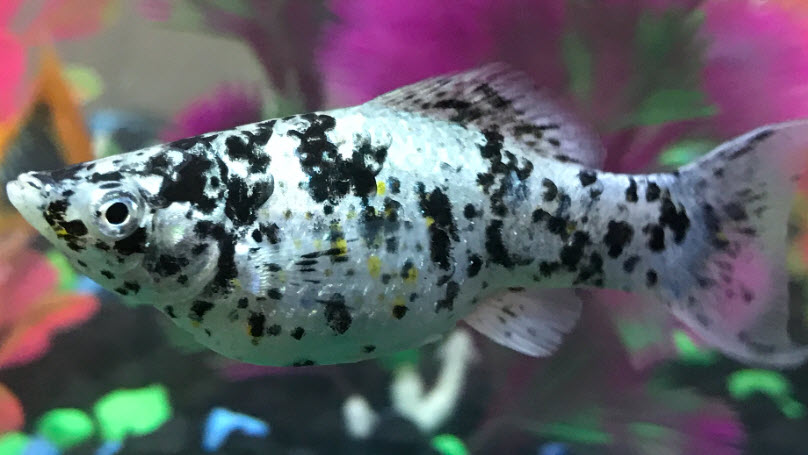
Levels 5 through 8, Getting Complicated
The “articles” above are what is in the first “chapter” on the website, namely “Advice for the Beginner”. The rest of the website is the 18 “chapters” shown in the index to the right side (computer screen view) or at the bottom (mobile screen view)
In the hierarchy of this website these 18 “chapters” in the index are the fifth layer of complexity. These “chapters” are then broken up into over 400 “articles” going into deeper and deeper depth. These articles are the sixth layer in the hierarchy. Some of these “articles” have a seventh level and in some cases a eighth layer of difficulty which delve into the basic science underlying the hobby, with many science journal article references. These long and boring articles are only for the real OCD nerds, like the author.
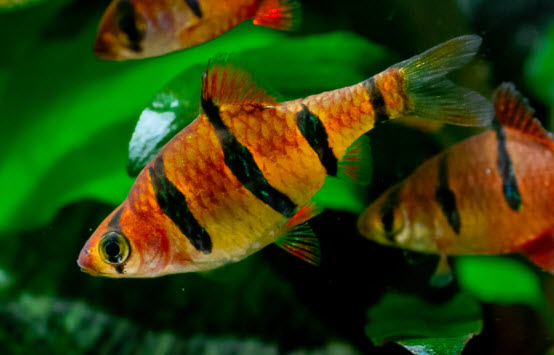
What needs to be emphasized is that all this research has pointed out that there are a huge number of ways to be successful with aquariums. One does not need to invest huge amounts of money and time in fish-keeping to have beautiful tanks. Nor does one need to do a ton of research before getting into the hobby. And above all, there is simply no “right way” to do things in this hobby.
If one believes all the “do a lot of research before doing this or you will kill your poor fish” that is spouted on social media one will never get to enjoy what is a very easy hobby. When I started the hobby over fifty years ago there was none of the fancy “science” that can now be found in the hobby. And my fish thrived. They were just fine!
.
Keeping Fish is Easy!
.

I’ve analyzed many beginner aquariums now and the problems they have been having with their new aquariums. If I had to take all the problems down to one it would be that the beginners are simply trying too hard.
The beginners are using every chemical (Cichlid salt, pH buffer, Stress Coat, Ammo-lock, Purigen, Carbon, ad. Infinitum) on the shelf at the local fish store. They are buying high-end canister filters and filling them with high-priced media like Matrix or BioHome. They are cleaning their filter and their tank very thoroughly once a week. They are changing 50% of their water every week. They are changing out their filter cartridges once a month.

They are doing a complete water test every day and obsessing over the results. They are feeding per the directions on the fish food can. They are religiously following the profit-driven, completely incorrect, instructions that came with their aquarium. All these things are just too much and, in many cases, downright counterproductive. They kill the fish.
When it comes to aquariums and Mother Nature, the old “KISS” acronym applies, namely “KEEP IT SIMPLE STUPID”. Think low tech all the way and your fish will thrive. Each aquarium is a miniature ecosystem where Mother Nature should be left alone to do what Mother Nature does best, namely establish a stable balance.
.
Back to Home and Main Menu Page
.
Aquarium Science Website
The chapters shown below or on the right side in maroon lead to close to 400 articles on all aspects of keeping a freshwater aquarium. These articles have NO links to profit-making sites and are thus unbiased in their recommendations, unlike all the for-profit sites you will find with Google. Bookmark and browse!
.

Dave says
In reply to Michael … Plants can absorb nitrites and nitrates. So you may never see nitrites or nitrates. At your pH and 4 ppm ammonia you are fine. Just keep going with no water changes. When the water clears you are cycled.
Michael j Chesmer says
Hey Dave! Quick question here. 75 gal aquarium (new) with under gravel filter. Gravel about 3 inches. Have 2 driftwoods in tank, and some live plants and snails. UGF has 2 powerheads and 2 uplifts with airstone. Airstone with carbon to lessen the tannins in the water. Tank been running about 3 to 4 weeks now. Plants are growing, snails going about their business, no visible signs of distress. Water is still a bit milky cloudy and with the tannins and the airstones with the bubbles make a lot of bubbles on the surface that do not pop right away, they cover about a third of the surface before popping. I got curious and checked the parameters of the water. Temp 76, PH 7.6 to 7.8, do not know the hardness, ammonia 4.0ppm, no nitrite and no nitrate. Question is: With the plants growing, and snails looking ok, and the water a bit cloudy and ONLY ammonia in the water, should I do a water change of some kind? Asking because I’m confused at the moment. No water change because I’m cycling, cloudy water which should be bacteria in the water column, ammonia in the water, BUT no nitrite or nitrates indicating bacteria eating the ammonia. I’m confused and not sure what to do.